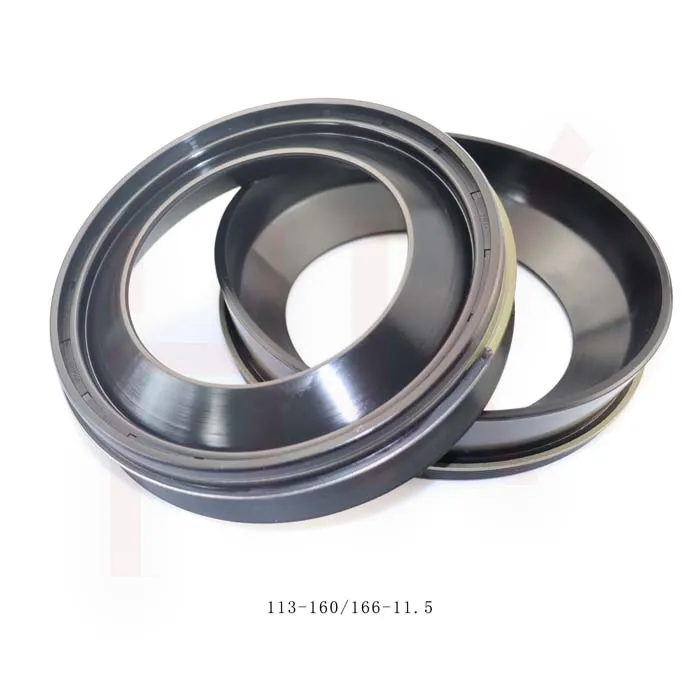Jul . 22, 2025 14:01 Back to list
Standard Hydraulic Dustproof Wiper 65×79×8/11 DKBZ Oil Seal - Reliable Protection
Website: https://www.hkaiseal.com
Email: admin@hkaseal.com
Phone: +86 18631957623
Address: Development Zone, Julu County, Xingtai City, Hebei Province
Product Link: Product Details Page
Product Introduction:
Wiper seals maintain sealing contact to the piston rod when the equipment is stationary (static, no reciprocating motion of rod) and in use (dynamic, reciprocating rod), whereas the tolerance for the rod diameter d is determined by the rod seal. Without a wiper seal, the retracting piston rod could transport contaminants into the cylinder.
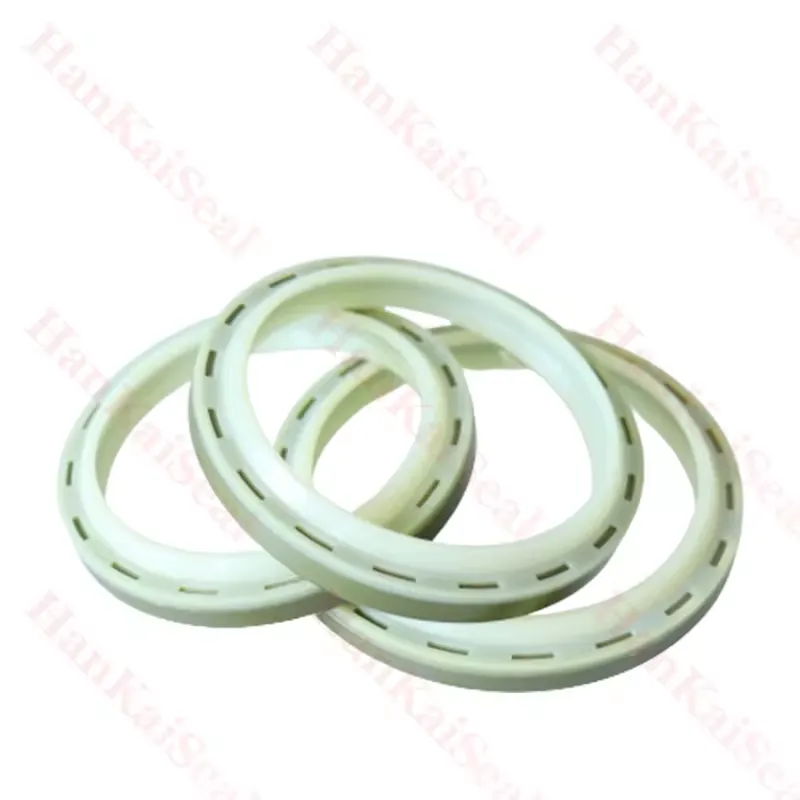
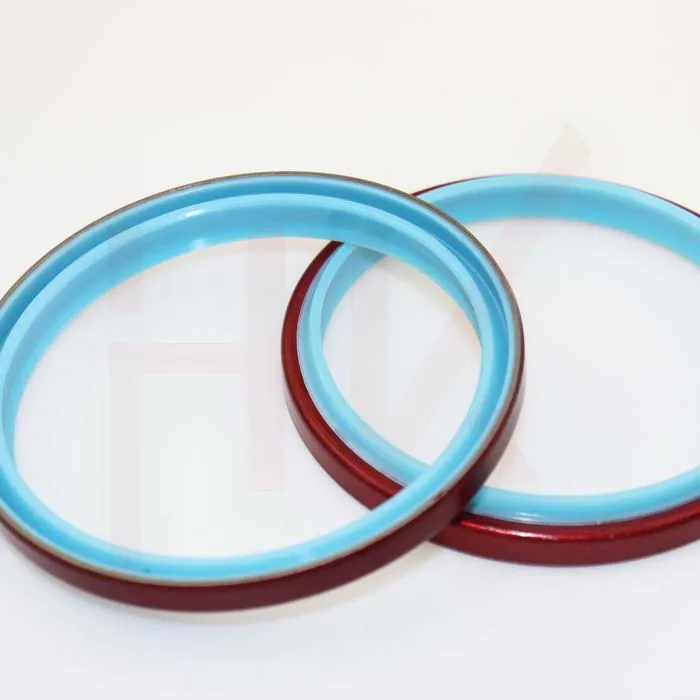
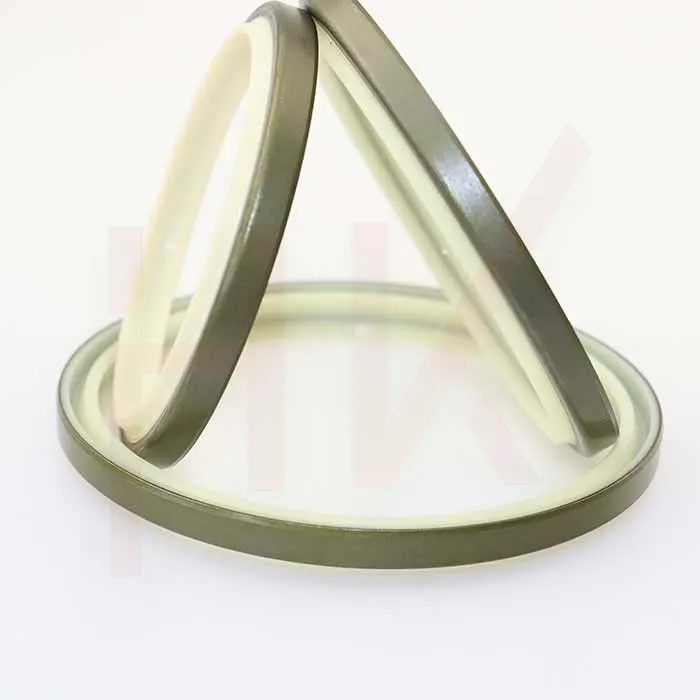
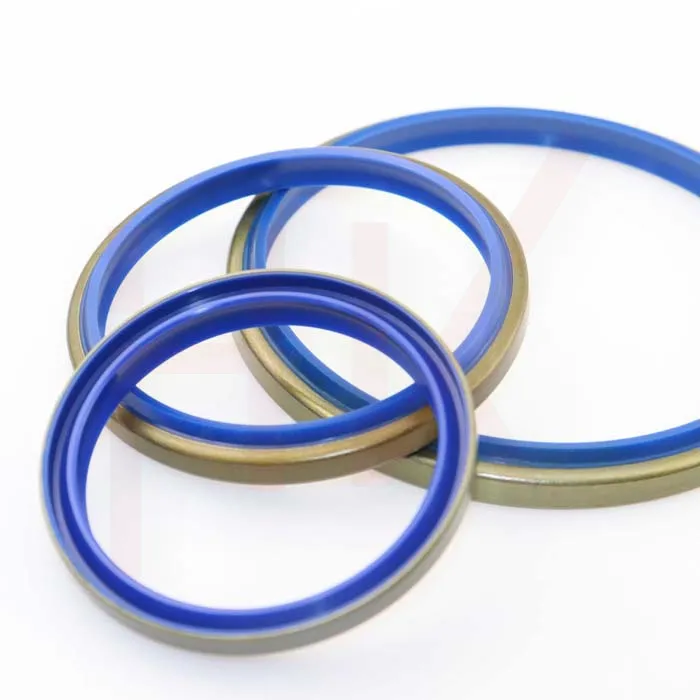
Industry Trends and Market Dynamics
The hydraulic seal sector is witnessing rapid growth due to technological advancements, the proliferation of intelligent industrial equipment, and increasing demand for high-performance machine reliability.
Standard Hydraulic Dustproof Wiper 65×79×8/11 DKBZ Oil Seal exemplifies these trends with its sophisticated profile, tight-tolerance fit, and adoption across top industrial OEMs.
Current industry analyses from Sealing Technology Forum highlight a surge in customized wiper profiles, improved surface finishes, and advanced polymers for extreme environments.
Global market data (2024) demonstrates a compounded annual growth rate (CAGR) of 5.4% in the hydraulic seal segment, with dustproof wipers being especially vital for hydraulic presses, construction machinery, and automation.
Technical Parameter Table—Standard Hydraulic Dustproof Wiper 65×79×8/11 DKBZ Oil Seal
| Property | Specification | Test Standard | Industry Range |
|---|---|---|---|
| Profile | DKBZ | GB/T 3452 | DKB/ DKBZ/ DKI |
| Inner Diameter (d1) | 65 mm | ISO 6194 | 10~250 mm |
| Outer Diameter (d2) | 79 mm | ISO 6194 | 30~300 mm |
| Width (B1/B2) | 8 mm / 11 mm | GB/T 3452 | 2~30 mm |
| Material | Polyurethane (PU) + Steel Insert | DIN 53521 | PU/NBR/FKM+Steel |
| Temperature Range | -35°C to +110°C | DIN 53508 | -40°C to +120°C |
| Hardness | 92-95 Shore A | ASTM D2240 | 85-95 Shore A |
| Max. Speed | 1.0 m/s | ISO 6194-4 | 0.5~2.0 m/s |
| Pressure Resistance | Up to 0.5 MPa (with rod seal) | ISO 6194-1 | 0.1~1 MPa |
| Chemical Resistance | Hydraulic oils, mineral oils, water | ISO 1817 | Oils, water, light chemicals |
| Color | Blue/Yellow/Black (on request) | / | Blue, Yellow, Black |
Technology Visualization and Trend Chart
Applications and Use Cases
- Hydraulic Cylinders — Industrial, agricultural, and mobile hydraulics.
- Construction Machinery — Excavators, bulldozers, loaders where dust ingress protection is vital.
- Injection Molding Machines — Safeguarding sensitive guide rods and actuators.
- Steel Mills & Foundries — High-dust and abrasive particle exclusion in extreme environments.
- Automated Equipment — For prolonging service interval and reliability.
- Marine & Offshore — Moisture and salt spray resistance on actuators & pistons.
Professional FAQ: Wiper Seal Expertise
Technical FAQ for Standard Hydraulic Dustproof Wiper 65×79×8/11 DKBZ Oil Seal
EEAT: Professionalism, Authority, and Trust Credibility
Hebei Hankai Machinery Equipment Co., Ltd. is a globally recognized manufacturer, with production and technical validation following ISO, DIN, and GB/T standards. All Standard Hydraulic Dustproof Wiper 65×79×8/11 DKBZ Oil Seal products are tested for conformity, and customer case studies are available upon request.
Cited by MDPI Machines Journal: “Advanced sealing technologies, including dustproof wipers such as DKBZ profiles, directly contribute to the reduction of maintenance costs and extension of machinery service intervals (MDPI Paper 702).”
As members of the European Sealing Association (ESA), Hankai ensures all technical support reflects the best current practices, documented by decades of field performance and laboratory testing.
- Sealing Technology Forum - Latest on Polyurethane Seals
- MDPI, Machines Journal – Advancements in Dustproof Hydraulic Seals
- European Sealing Association (ESA) – Wiper Seal Standardization
- Hydraulics & Pneumatics Journal – Wiper Seal Performance in Industrial Hydraulics
- ISO 6194, GB/T 3452, DIN 53521 – Hydraulic Seal Test Methods
- Hebei Hankai Machinery Equipment Co., Ltd. – Complete DKBZ Product Details
-
Reliable Oil Seal Wheel Hub Solutions for Industrial & Automotive Use
NewsNov.17,2025
-
Durable Front Hub Oil Solutions for Industry – HKAiSeal
NewsNov.17,2025
-
Wholesale Hydraulic Pump Motor Seal Kit A4VSO250 | In Stock
NewsNov.17,2025
-
Pump Seal Kits: Essential Components for Industrial Reliability
NewsNov.17,2025
-
TCV Oil Seal - Double-Lip, Spring-Loaded, High Temp & Wear
NewsNov.17,2025
-
Hydraulic Seal Kits: Reliable Solutions for Industrial Equipment
NewsNov.17,2025
-
Combined oil seal 659214 12001903B, fits 119990, NBR OEM
NewsNov.17,2025
Products categories
















